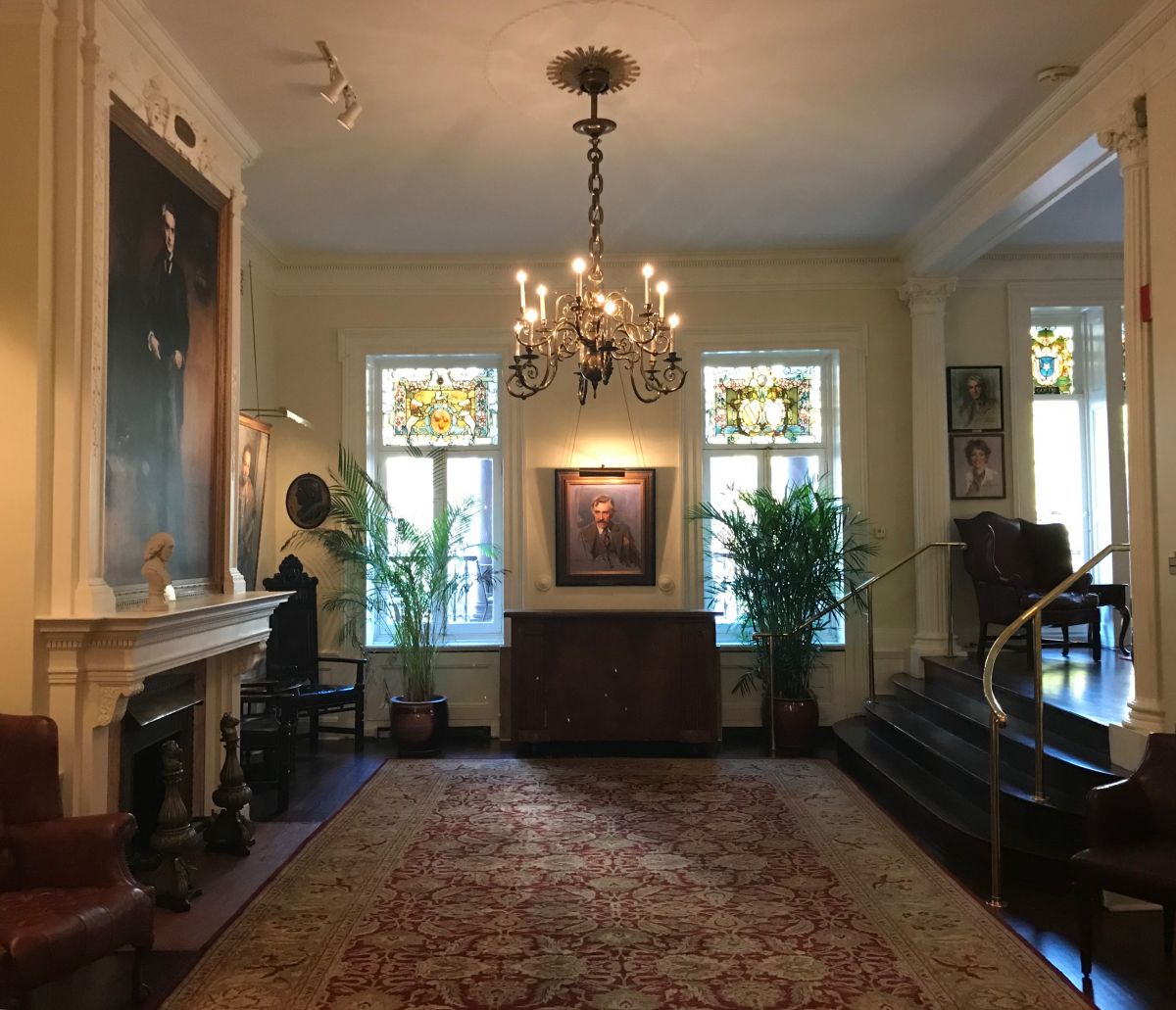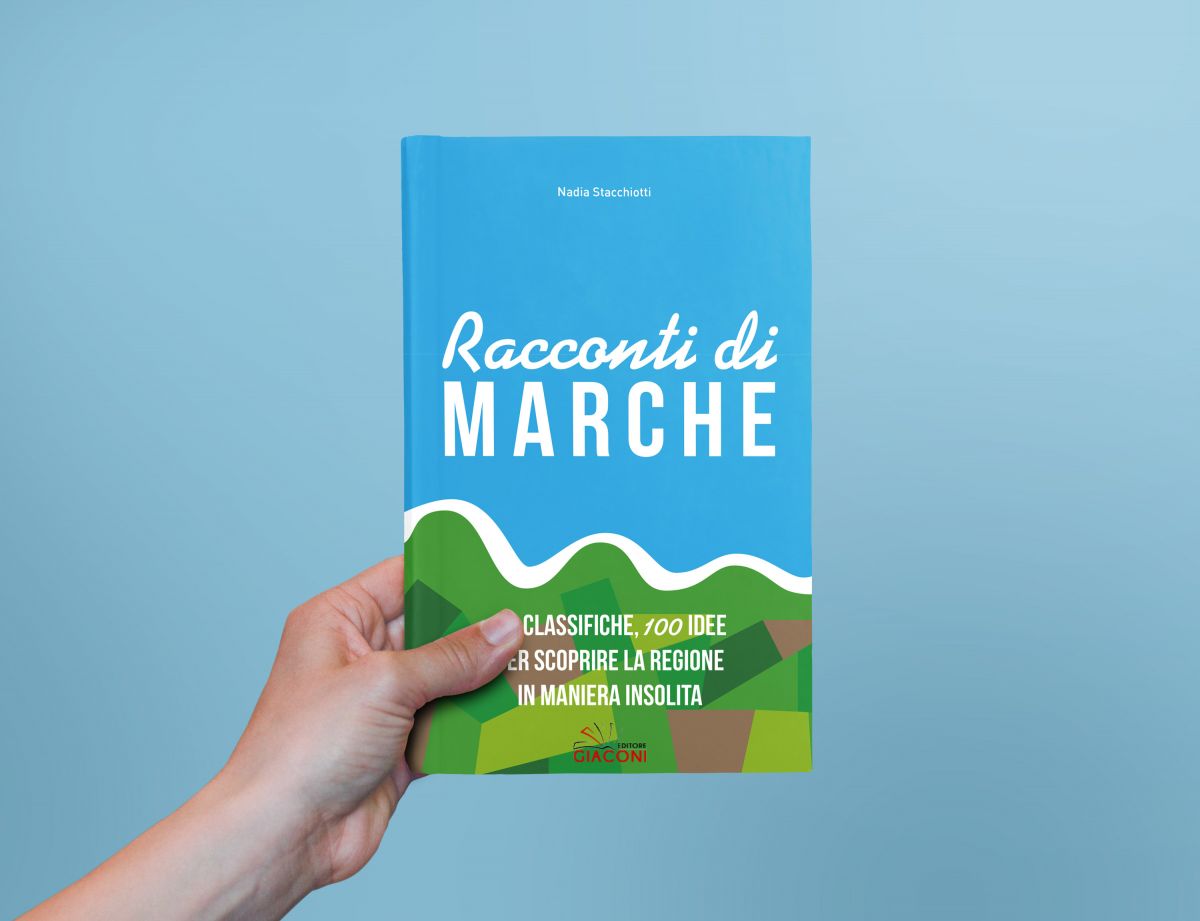


In Italian
It’s difficult to offer tips, experiences and cues about what to do in Chicago without risking to get lost into the tale of its stories, paths, events and its (many) characters.
Chicago is the result of a surprising harmony of contrasts.
It’s the “working city” – perennially enveloped in the northern cold wind, “windy city” is not a nickname born by chance – and at the same time it doesn’t renounce to enjoy itself in the River North locations after 5pm and in the myriad of events scheduled from the nice Summertime until the frozen Winter.
It’s the art city “at any cost”, in the museums, on the buildings’ walls, along the street and of the most ambitious and suggestive architecture, which mirrors proudly into the waters of Lake Michigan.
It’s the city of the very modern and captivating Loop, of the sparkling Magnificent Mile, of the very rich Gold Coast and at the same time of the dozens of ethnic districts where it’s possible to enjoy and taste every type of cultural and gastronomic experience.
It’s The Cubs’ city, of the metropolitan legends, TV series and cult movies, blues, the Deep Dish Pizza and the heavenly Chicago Hot Dog.
It’s the city of dreams and with a “difficult past” which opens to the Midwest plains and gives origin to the mythical Route 66.
It’s Eliot Ness’ city – the man who caught Al Capone – Quincy Jones’, John Belushi’s, Patti Smith’s, Walt Disney’s, Jack Ruby’s – the man who killed the assassin (or alleged) of President Kennedy – Michelle Obama’s and Hillary Clinton’s.
That’s Chicago!
A fabulous contradiction in terms – even another America – which deserves much more than a quick visit in one day.
Find down here the (first) 10 locations and paths not to miss – that I would like to recommend personally – to discover, enjoy and “taste” the best of the Windy City.
“It’s hopeless for the occasional visitor to try to keep up with Chicago –
she outgrows his prophecies faster than he can make them”
(Mark Twain)
I don’t think a better way exists to get in touch with Chicago than give oneself a relaxing walk through the Millennium Park.
A sort of “free-trade area” among the skyscrapers of the Loop and the apparent peace of Lake Michigan waters, considered – rightly – “one among the nicest and funniest areas in the United States”.
Starting from its odds artistic installations, among them stands undisputed The Bean, known ad The Cloud Gate by the artist Anish Kapoor.
A “giant bean-shaped” silver sculpture – for this reason it was nicknamed The Bean – which reflects by the most improbable way the buildings of the Loop, giving every visitor definitely unique and original souvenir photos.
One tip.
Don’t forget to stop and admire the light and shadow effects of the Jay Pritzker Pavilion, a giant shell-shaped stage for orchestra – with an interesting program of concerts from late
Spring until the end of the Summer – which photographed from the right perspective it frames literally the skyscrapers of the Loop.
Crossed the Michigan Avenue Bridge, Michigan Ave for about one and half kilometer turns into one of the most famous shopping streets in America, the Magnificent Mile.
An endless line of mono-brand stores, daring constructions and high historic value buildings, among them the Tribune Tower of the baron Robert Rutherford McCormick where fragments of some among the most famous constructions in the world were intentionally set, like the Great Wall, the Taj Mahal, the Parthenon, Westminster, et cetera…
The walk continues detouring on the right towards the Navy Pier, a suggestive pier advancing to Lake Michigan with carousels and attractions for families, and it continues as far as the John Hancock Center, the facility that includes the skyscraper from where – going to the 360 Chicago view point at the 94th floor – it’s possible to enjoy one of the most suggestive views at sunset (my favourite one by far) of the city and of the lake.
What’s the best way to discover the Loop – the business district of the city – and all its “views”?
Strictly on foot following a very particular do-it-yourself tour of public art.
In 1978 the Chicago City Council approved an ordinance (still in force) according to which “part of the funds raised for the urban organisation had to be destined to the restoration of the artworks already present and to the purchase of new ones.”
Untitled by Picasso, Miro’s installations, Chagall and the curious Monument With Standing Beast by Jean Dubuffet (affectionately renamed “Snoopy in the blender” by Chicagoans) are only some of the works you can run into in the loop following this simple itinerary in less than a couple of hours.
I don’t exaggerate – trust my word – if I tell you the Chicago Art Institute is in my top ten of the museum to visit in the world.
Only the rooms dedicated to the Impressionists and then Van Gogh, Dali, Picasso, Wood and Hopper worth it the ticket price (25$ full fare), access included in the Chicago Go Pass.
My tip: comfortable shoes and at least half day in one’s own hands to not miss the best of the collections.
Even if I prefer the view of the city from the John Hancock Building, I cannot help recommending – especially if you are in Chicago for the first time – the experience of the
Skydeck of the Willis (formerly Sears) Tower, the highest building in the world from 1973 until 1998.
Enjoy Chicago from an only 4cm thick transparent glass terrace.
You cannot say to have really “tasted” Chicago without having spent an evening in one of its Blues clubs to watch a live session.
The Chicago Blues is a very local re-interpretation of the genre, rougher and stronger.
An intense experience very often connected to the soul food one (the Afro-Americans’ soul food) which will give you a unique and unforgettable memory of the Windy City outside the most tourist circuits.
What are the best locations to enjoy it?
Rosa’s Lounge in the South Side and the Buddy Guy’s Legends near the Chicago Art Institute.
Without any doubt one of the most beautiful experiences to enjoy in Chicago.
Going on a special cruise to discover first the city skyline from Lake Michigan and then some of the most original and famous skyscrapers of the city through its canals.
After the devastating fire occurred in 1871, Chicago became one of the most important innovation architectonic poles of the country, the entire profile of the city was totally re-invented thanks to the construction of futuristic buildings planned over time by architects of the caliber of Daniel Burnham, John Root and Frank Lloyd Wright.
The Chicago Architecture Foundation cruises leave from the pier under the Michigan Avenue Bridge and usually they last 90 minutes. During the high season is advisable to book in advance.
Two among the things which never should miss in a journey to Chicago are the Deep Dish Pizza and the Chicago Hot Dog.
Two downright city gastronomic institutions to taste strictly in the location of origin. Pizzeria UNO’s for the Deep Dish Pizza – the place where this special multi-layers pizza was born in 1943 – and Portillo’s for the Chicago Hot Dog, particularly loved by locals for the hot dogs and cheese steak variety, the products’ quality and the quickness of service.
Both venues are located in the River North near the Magnificent Mile and they are really crowded, above all in the weekend. My tip to avoid lines and waits is to book a table in advance at Pizzeria Uno’s and don’t arrive at Portillo’s in the rush hours climax.
Wicker Park is probably the area of Chicago I love most.
It’s the Chicago of the small independent bookstores and the local authors, of the cafés where to stop and read or simply to admire life running by, of the ethnic venues, live music and vintage stores.
It’s the Chicago of “Wicker Park” (a very beautiful 2004 movie), of the street art, of one among the greatest Ukraine communities in the Midwest, of the Orthodox Churches and of the pampushky smell (soft oil and garlic hot dogs) and vareniky one, the equivalent of the Polish pierogi, just taken out of the oven.
My tip is to give oneself a slow afternoon between Wicker Park and its main artery, Dame nave, as far as reaching the new 606 High Line, the former Bloomingdale Trail.
It’s curious that right in the district where Frank Baum was born – the author of “The wonderful Wizard of Oz”, the inventor (let me pass the term) of the famous “yellow brick road” – a new supra-elevated road is born – as magic and exciting – from an old railroad line fallen into disuse.
Like the New Yorker High Line, a captivating path crossing a part of the city among nature, views, artistic installations and light and color effects.
The Wrigley Filed is one among the oldest stadiums of the Major Baseball League. Its building dates back to 1914 and it hosts one of the most particular teams, The Cubs… you think it hasn’t won a championship since 1908.
An incredible story and place.
Perhaps it’s the vintage charm of the Wrigley Filed, the hot dogs smell on the terraces of the stadium or the curiosity about the story of Murphy goat’s anathema and its owner, Billy Goat (owner of the famous tavern with the same name, Billy Goat Tavern): when they were chased away from a championship match due to the stinking animal, they casted a curse according to which the team would never win anymore (and actually it’s still like that today).
If you are in town when the Cubs play at home let you tempt by the chance to watch their match or to take part into one of the midweek guided tours of the facility, with anecdotes and curious issues included.
Trust me, you won’t regret!